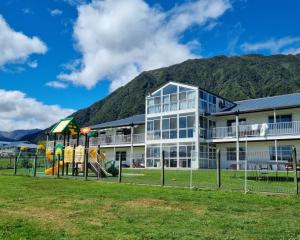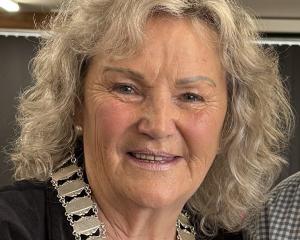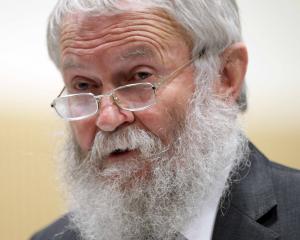Gary Aburn is more than 1.83m (6ft) tall. Born in Northland in 1945, a mechanic by trade, he turned his back on the workshop and took to the hills, becoming a skilled pig hunter. He also got into venison recovery.
Known by all as Arab, he refuses to explain how he acquired the nickname, though he has had it since boyhood.
He honed his hunting skills as a young man, he said. In the 1970s, he shot and carried out more than 2000 deer. Hunting, he said, was something you learnt yourself.
Through hunting he met people, including some involved in the former Wildlife Service, a predecessor of the Department of Conservation. He ended up working for the service, eradicating feral cats on Little Barrier Island.
His skills were soon apparent, and he was in demand. He shifted to Stewart Island - ''I invited myself along'' - where the service was trying to save the kakapo. By 1980, it had become clear that cats were killing kakapo at an alarming rate.
Asked how he did it, the humble hunter replied simply it was a combination of his dogs having seen and smelled other kakapo that had been caught, and spending time in the bush.
Friend Allan Munn, who is director of the Department of Conservation in Southland, said ''all sorts of people had tried and failed''.
Over the next 20 years, 86 kakapo were caught on Stewart Island, and Mr Aburn caught 44 of them. Mr Munn caught six in that time and the next best guy caught 12. Only 28 females were caught, and Mr Aburn captured over half of them.
Mr Aburn moved to Codfish Island (Whenua Hou) where he worked to clear possums, before clearing rabbits on Enderby Island and French-owned St Pauls Island in the Indian Ocean, then rats and rabbits on Mauritius (Round Island) and Macquarie Island (Australia). He worked for the French, British and Australian governments.
Gary Aburn arrived on the West Coast in the 1980s to undertake the first proper work on predator control around white herons (kotuku) at Whataroa, for the Department of Lands and Survey.
He liked the Coast, so he started living at Whataroa permanently, in the late 1980s.
His last permanent job was cutting tracks in Fiordland in 2008, but it was the kakapo he remembered most fondly.
''You just have to ask anyone who works with them, they'll say they are their favourite. They are just an amazing bird.''
Earlier this year, he received a letter offering him a QSM in the Queen's Birthday honours. He did not get to receive the actual medal.
He needed to supply a photo, so he got friends to take one, not uttering a word about the honour soon to be bestowed.
''I read it in the paper,'' former heron sanctuary guide Ken Arnold said, laughing.
Some friends, Mr Aburn said, were surprised to read he was a conservationist. His QSM citation makes no bones about it: ''He has been a significant part of establishing New Zealand's international reputation as a leader in island conservation ... ''Gary Aburn is home at Whataroa this week, with his daughter.











